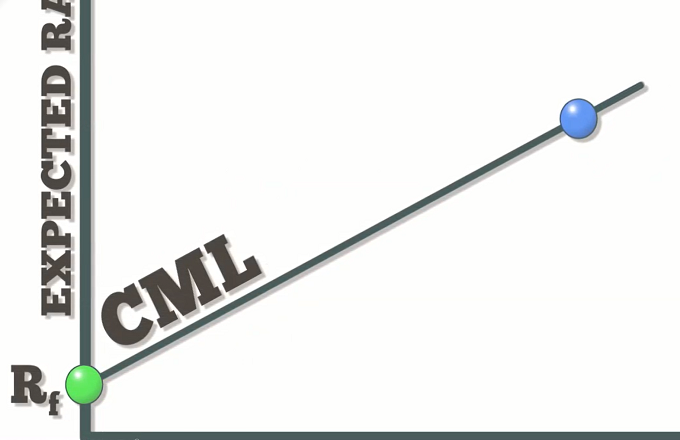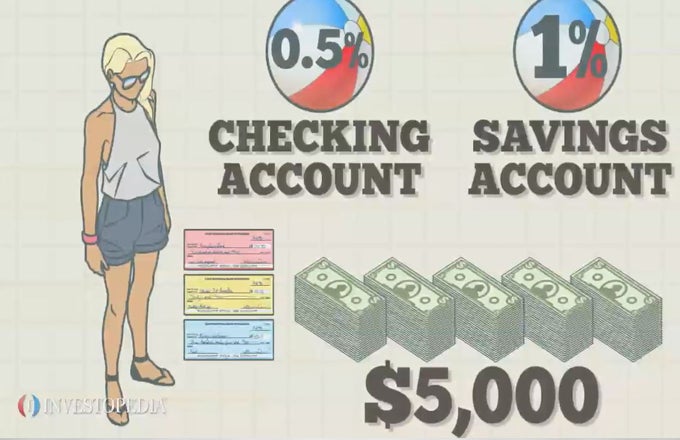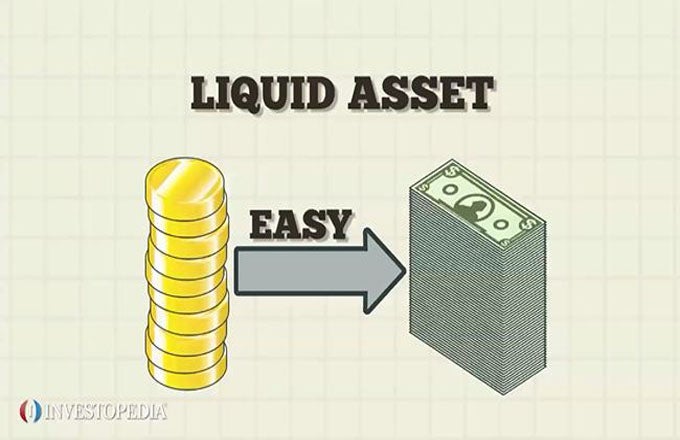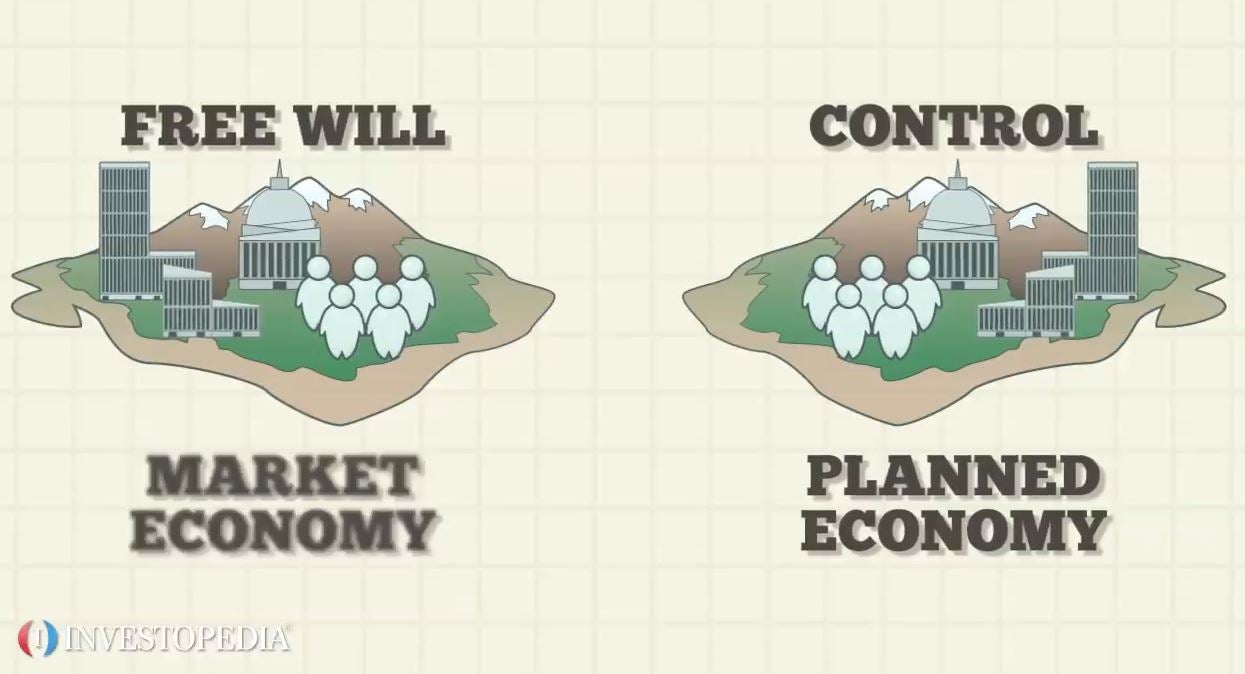Market risk premium is equal to the expected return on an investment minus the risk-free rate. The risk-free rate is the minimum rate investors could expect to receive on an investment if it had no risk. The Treasury bond rate is usually used as a close approximation of the risk-free rate.Market risk premium is a concept used to describe different, but related concepts: The first is the required market risk premium. This is the rate an individual investor requires that is beyond the risk-free rate. From a historical perspective, the market risk premium is what a particular market (like the New York Stock Exchange) earned over the rate that a risk free asset (like a treasury bond) earned. Finally, there is market risk premium for the expected return of the market. This market risk premium is equal to the expected return of the market over the risk-free rate. The required market risk premium and the expected market risk premium are unique for each individual investor. A risk-adverse investor requires a very high market risk premium before he will take a risk above the risk-free rate. A risk-tolerant investor will not ask for as much of a market risk premium, but still seeks some amount of extra return for taking risks above the risk-free rate.





